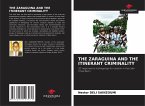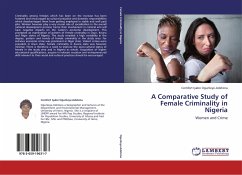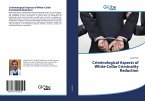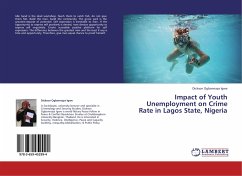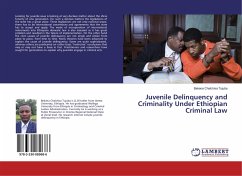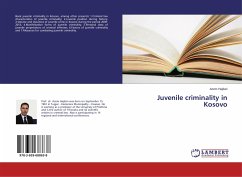The study aimed to explore the ideas that adolescents attribute the influence of psychosocial factors to the practice of crime, as well as to perform lexical analysis. It had as theoretical reference the Theory of Labelling, the Theory of Social Disorganisation and the Theory of Anomy, - and participated in the study of male adolescents. The qualitative approach, the interview technique and the content analysis were used in this study, and as a data collection tool - the interview script. A semi-structured interview was applied to the participants, whose data were submitted to content analysis through the Nvivo 10 computer package, where the categories emerged: society, crimes, rules and offenders. It was found that psychosocial factors influence the practice of crime in a society. Therefore, it is necessary to have favourable basic living conditions for citizens to be stimulated to help develop and to regulate actions aimed at destabilising misconduct and improving social coexistence.


